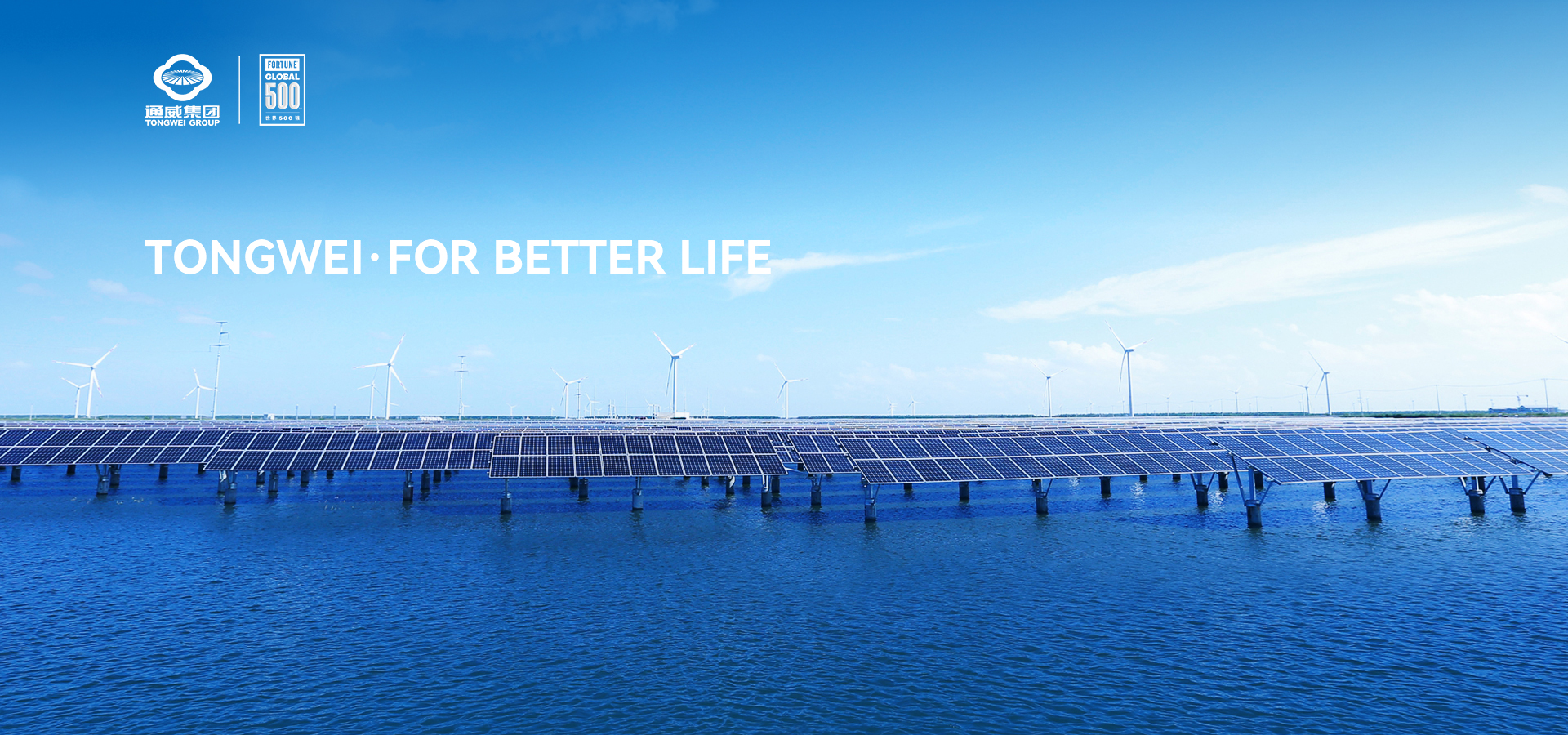2011-05-10
Tongwei Solar (Chengdu) Co., Ltd. project:
solar cells with an annual output of 150 MW and solar modules of 50 MW
Project description:
Project name: Tongwei Solar (Chengdu) Co., Ltd. project: solar cells with an annual output of 150 MW and solar modules of 50 MW
Constructed by: Tongwei Solar (Chengdu) Co., Ltd.
Project nature: newly constructed
Construction site: industrial development zone, southwest airport economic development zone, Shuangliu County, Chengdu
Construction scale: new polysilicon ingot casting and slicing plant, solar cell production plant, solar PV module production plant, shift quarters, transformer substation
Investment: ¥1.36951 billion RMB
Construction Period:Construction to be started in Q4, 2011; commissioning operation to be put into in Q4, 2012.
Project personnel: about 1,000 people
Working system: 330 work days /year, 4 shifts, 24 hours continuous manufacturing
The bulletin assesses the project’s possible impact on environment with environmental impact analysis in terms of surface water, the atmosphere, noise, and solid wastes. The risk analysis shows: the dangerous toxic and hazardous chemicals that the company uses are all stored in the chemicals warehouse at the plant area. The company only stores chemicals that are needed during production on the production line. At production-related aspects, a series of control measures can effectively control the risks during chemical usage and its impact on the surrounding environment.
The bulletin lists the wasted gas (acid gas, process gas, organic gas, and dust emissions), wasted water, and noise generated by the project, as well as relevant treatments and control measures.
Summary:
(1) The project conforms to national industrial policy, and to the planning and environmental functional planning of the economic development zone of the Southwest Airport Industrial Zone. In addition, the project meets the sanitary requirements during production.
(2) Effective control measures are taken against pollutants generated during the production process. Discharge standards are achieved.
(3) After completion, the project will not change the status of local environment quality.

